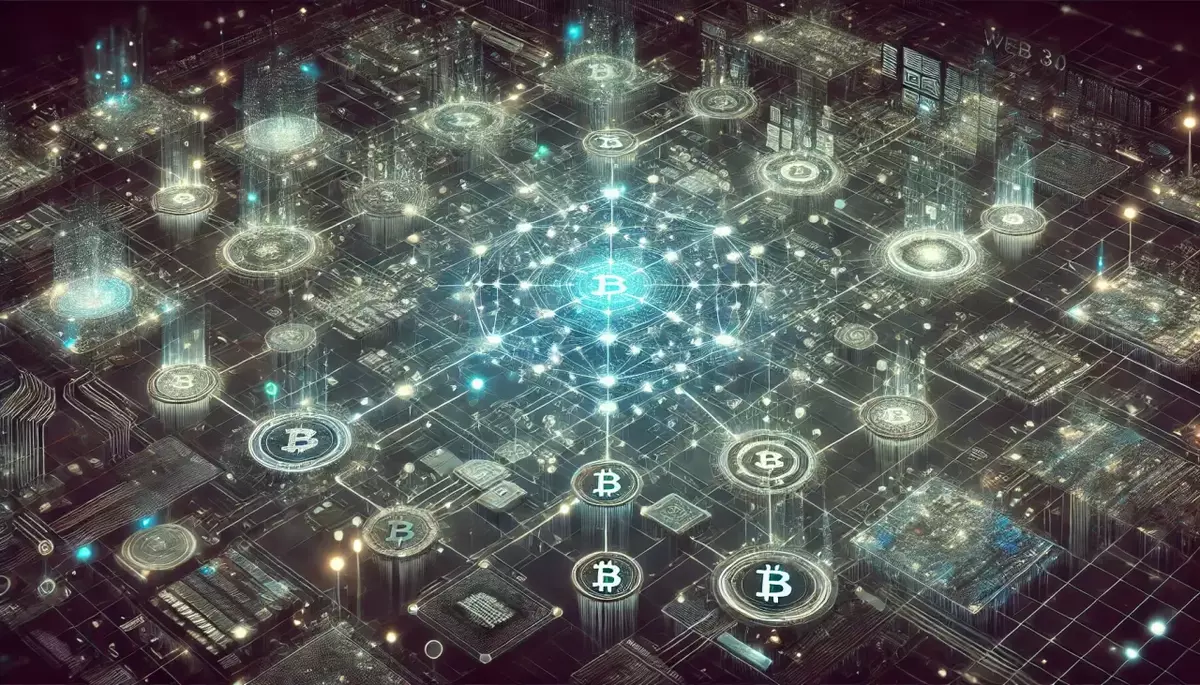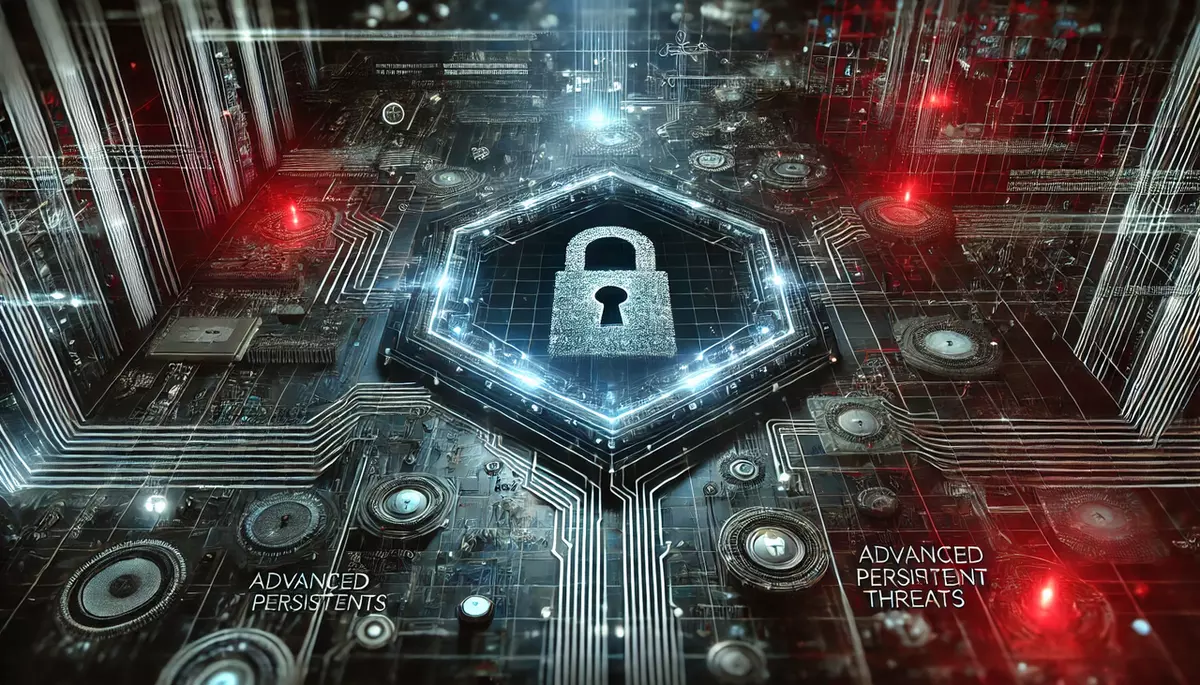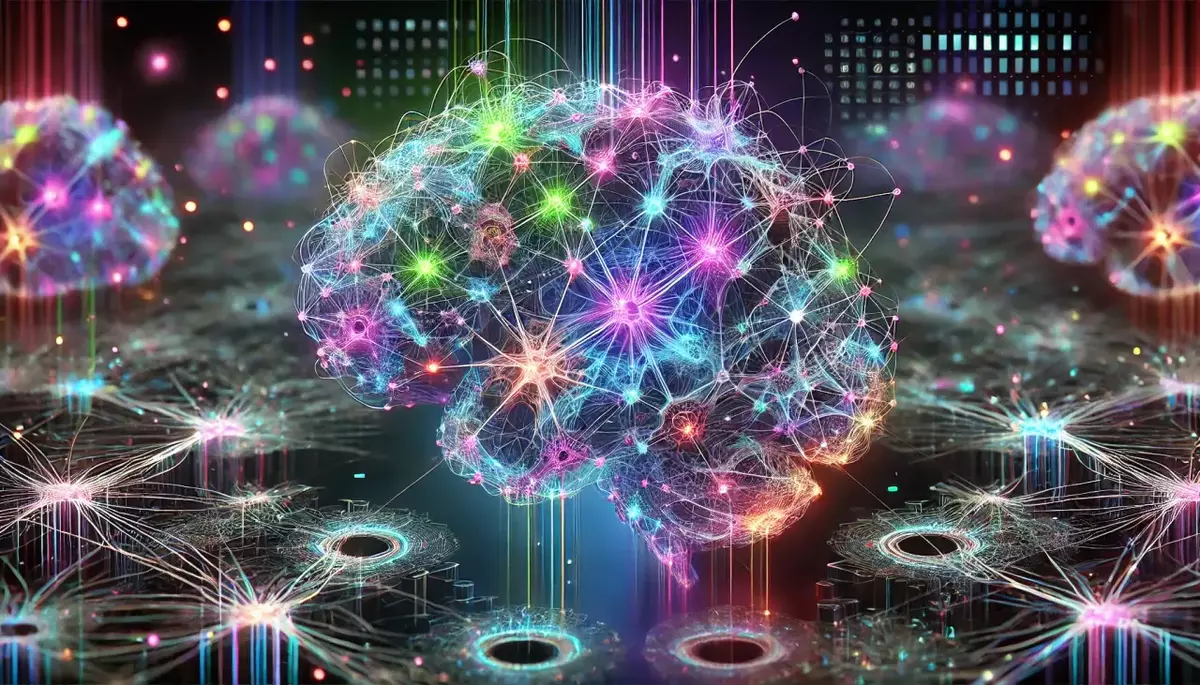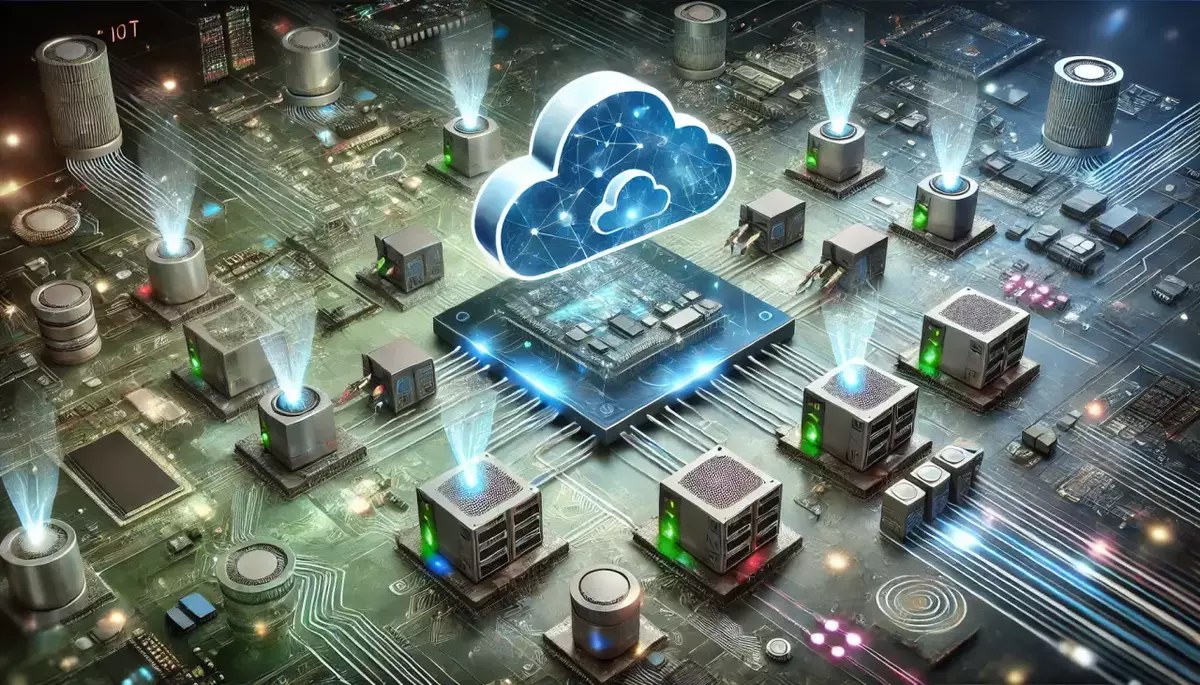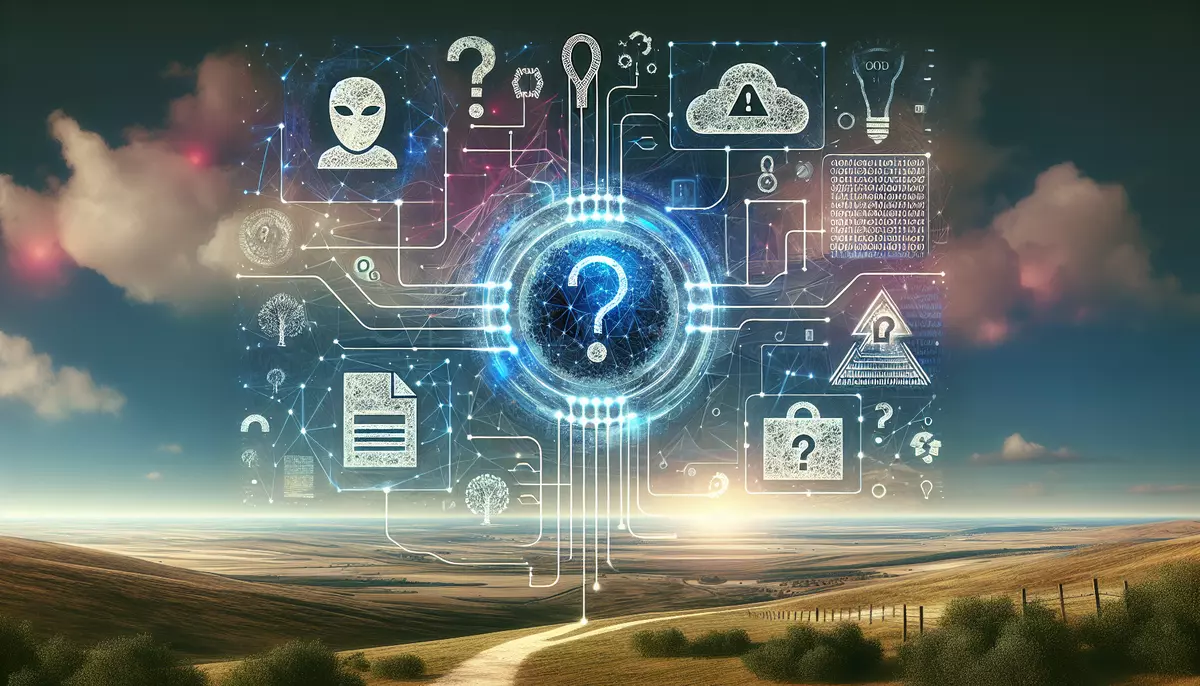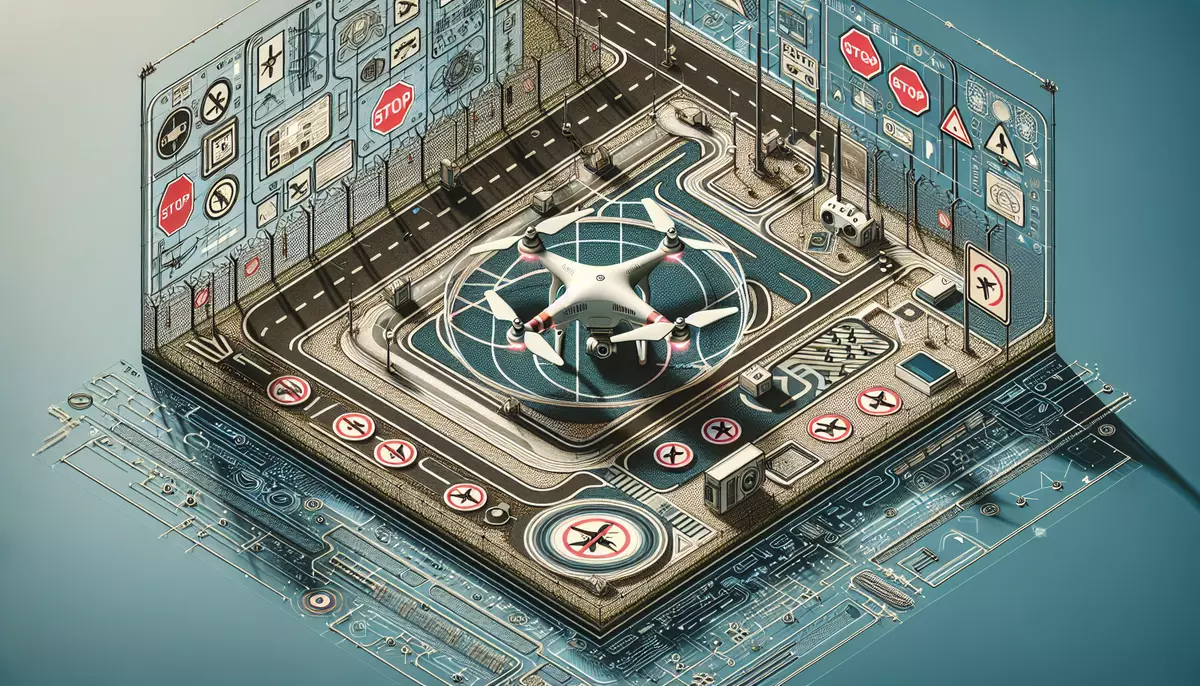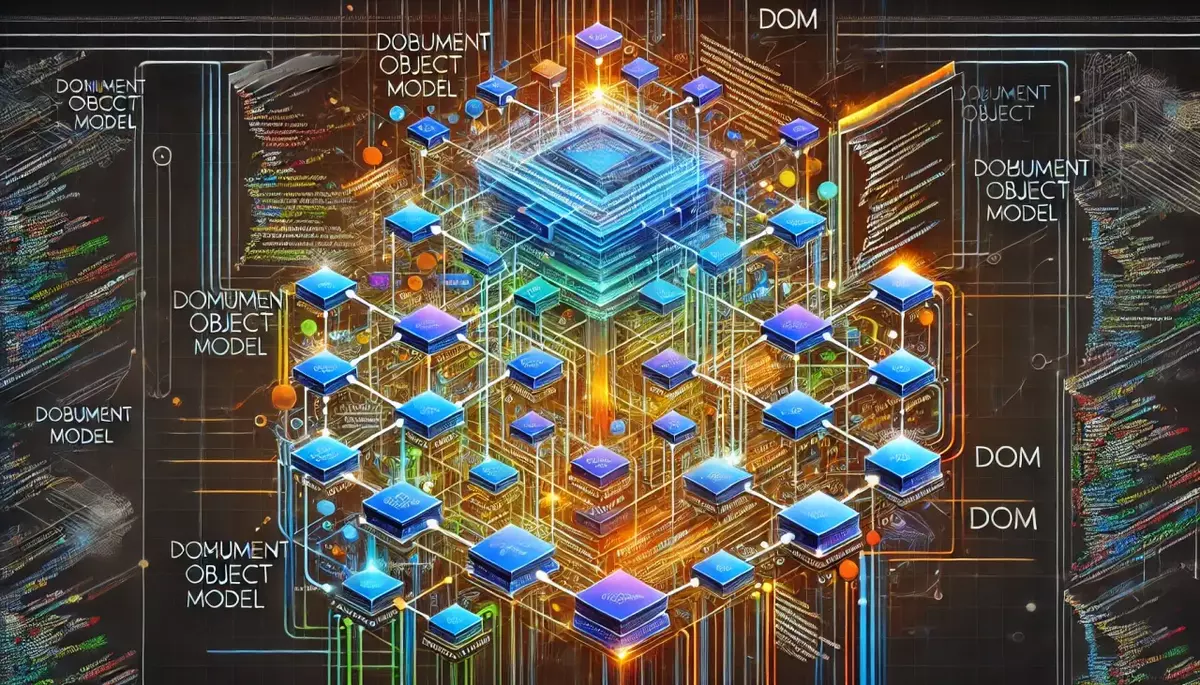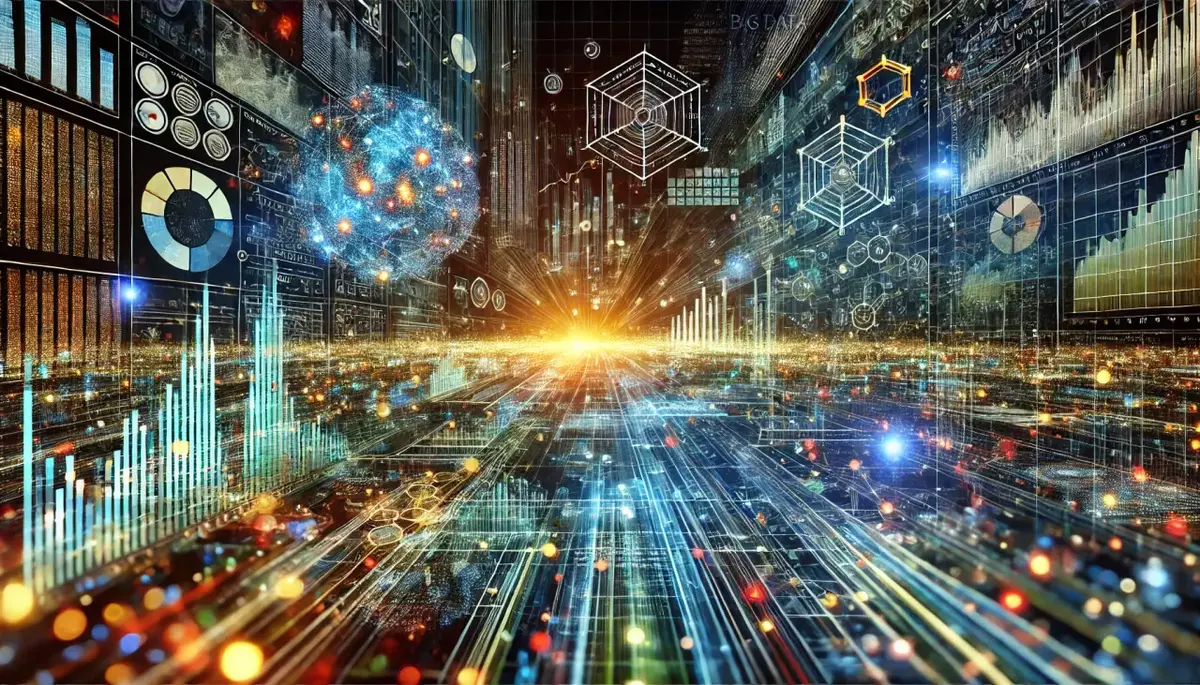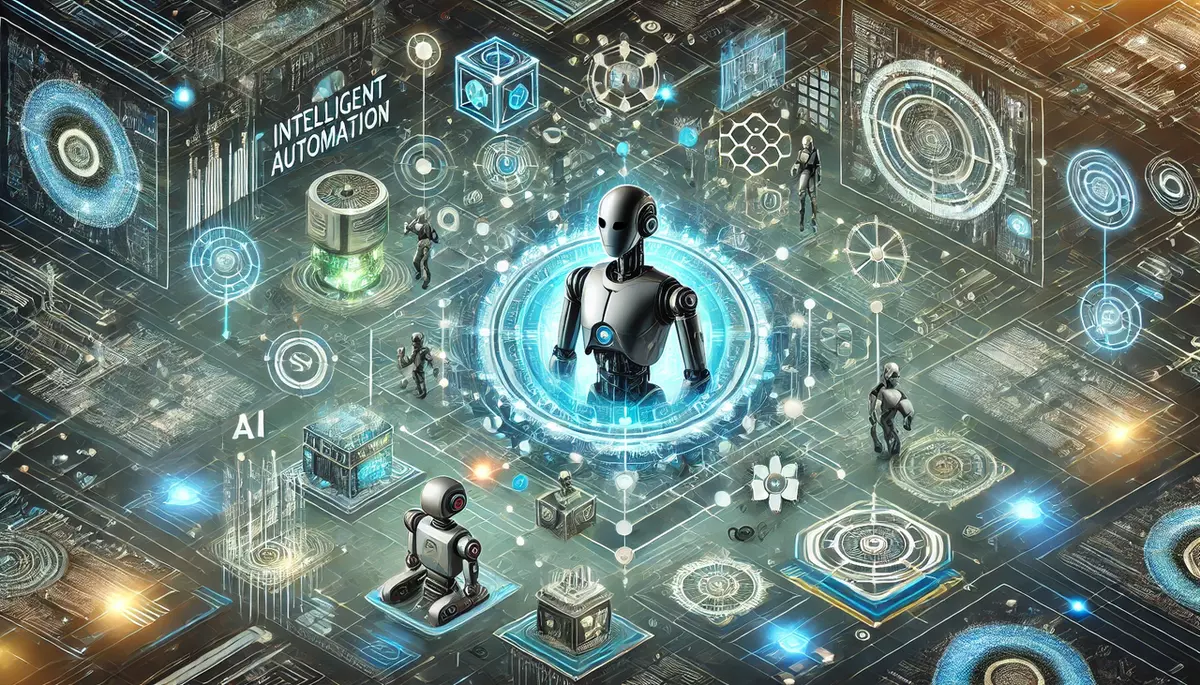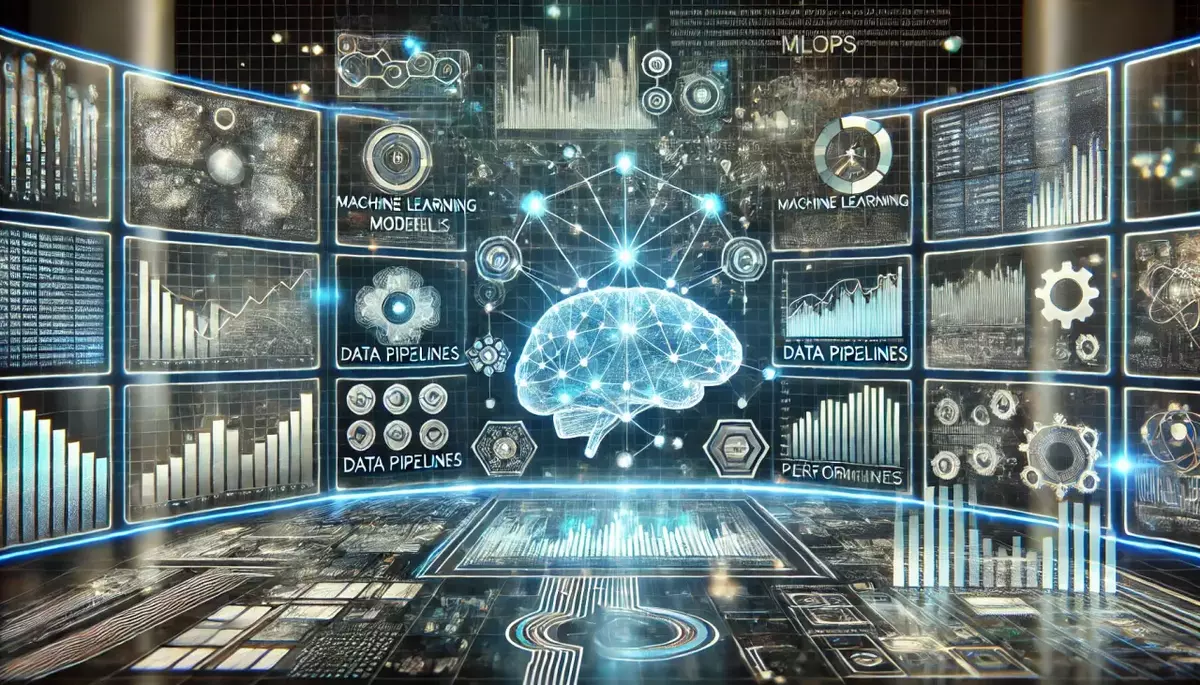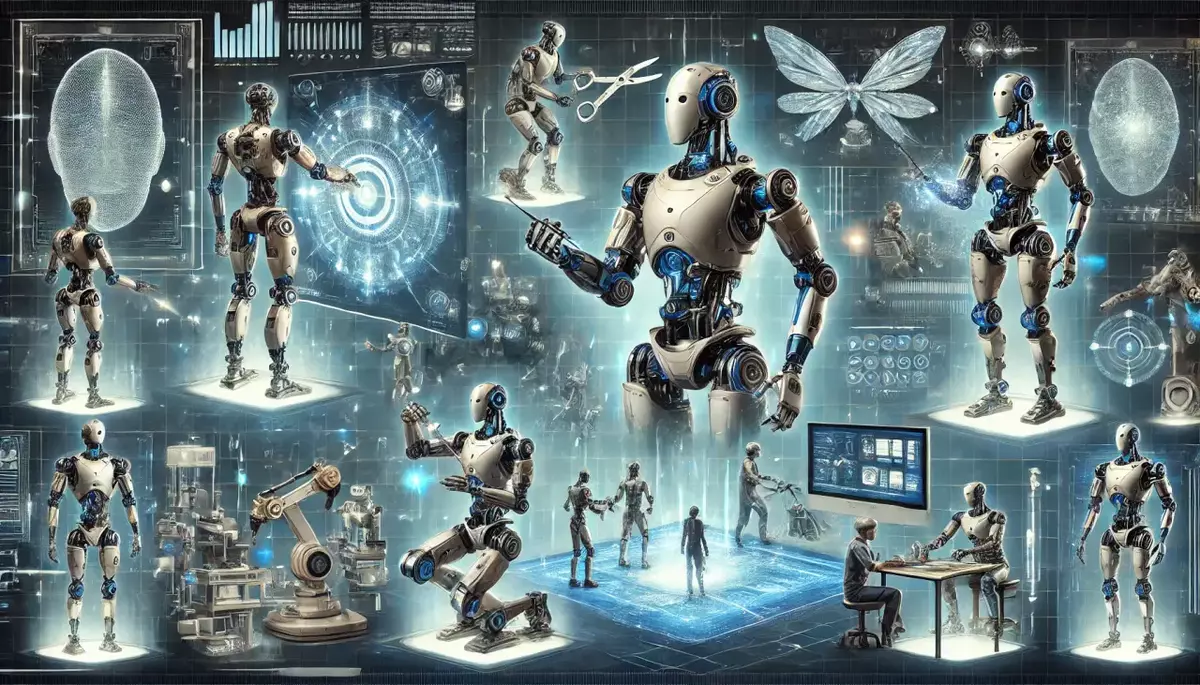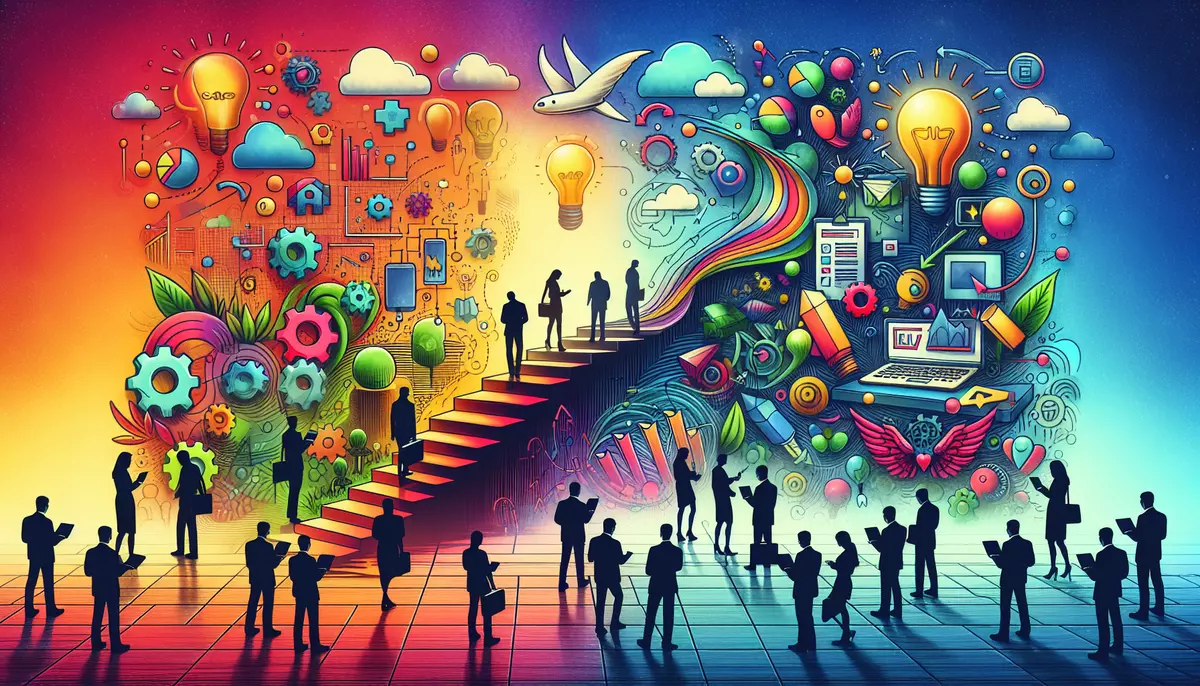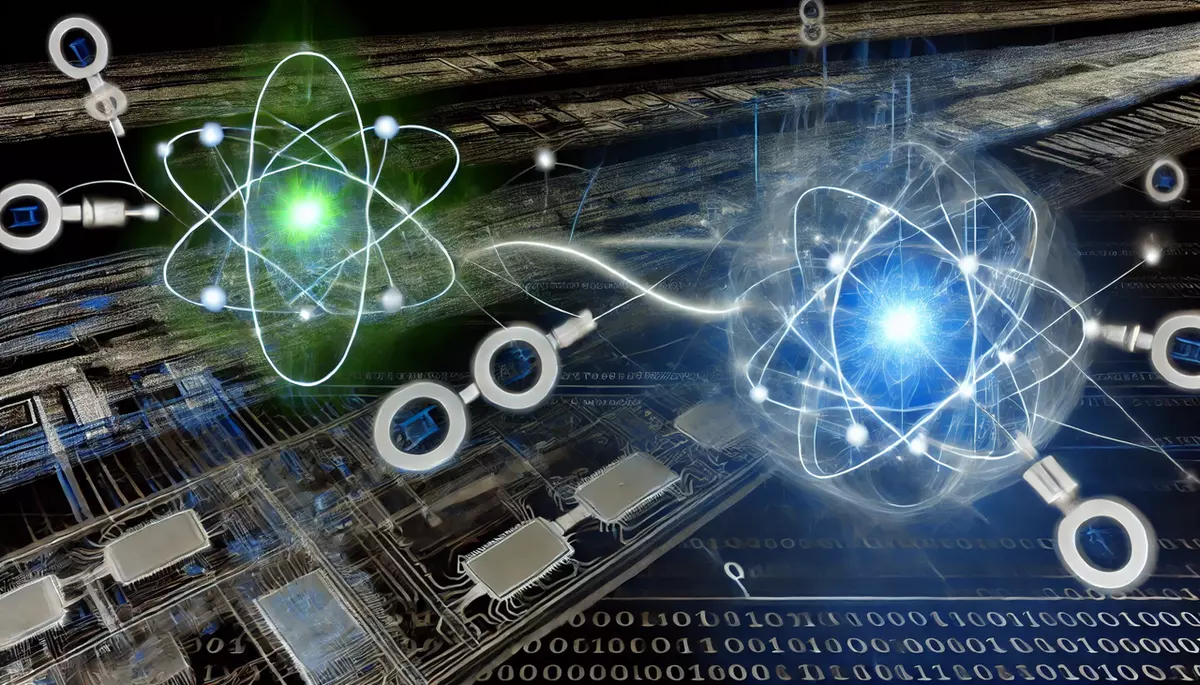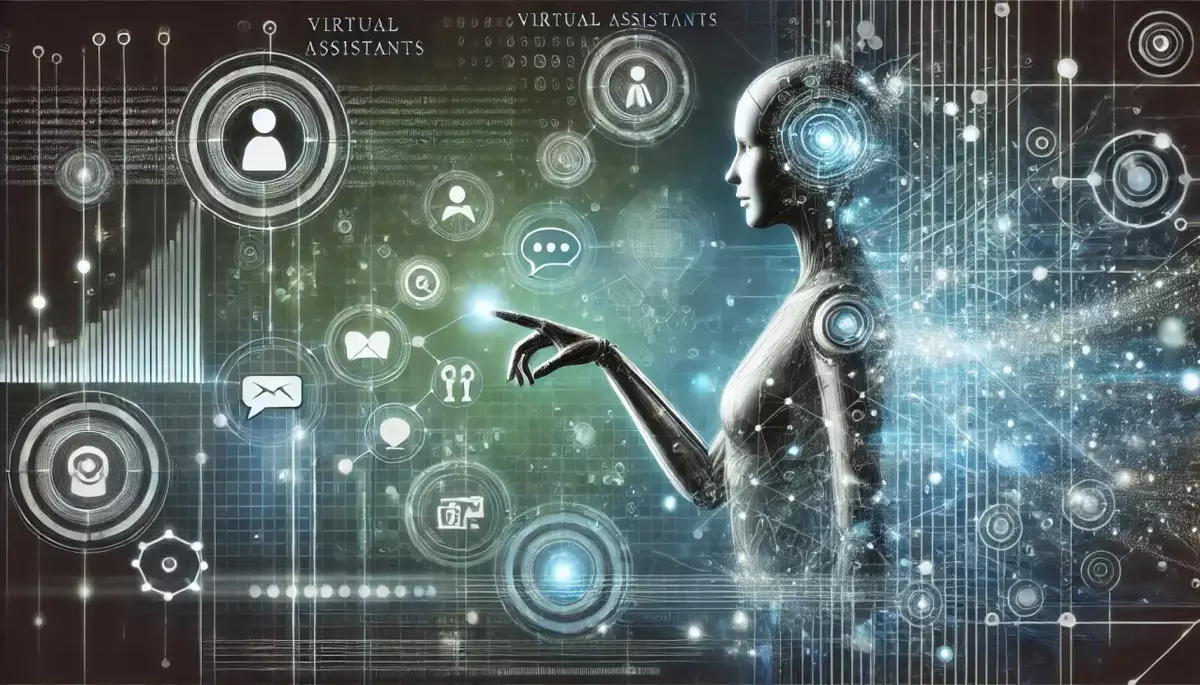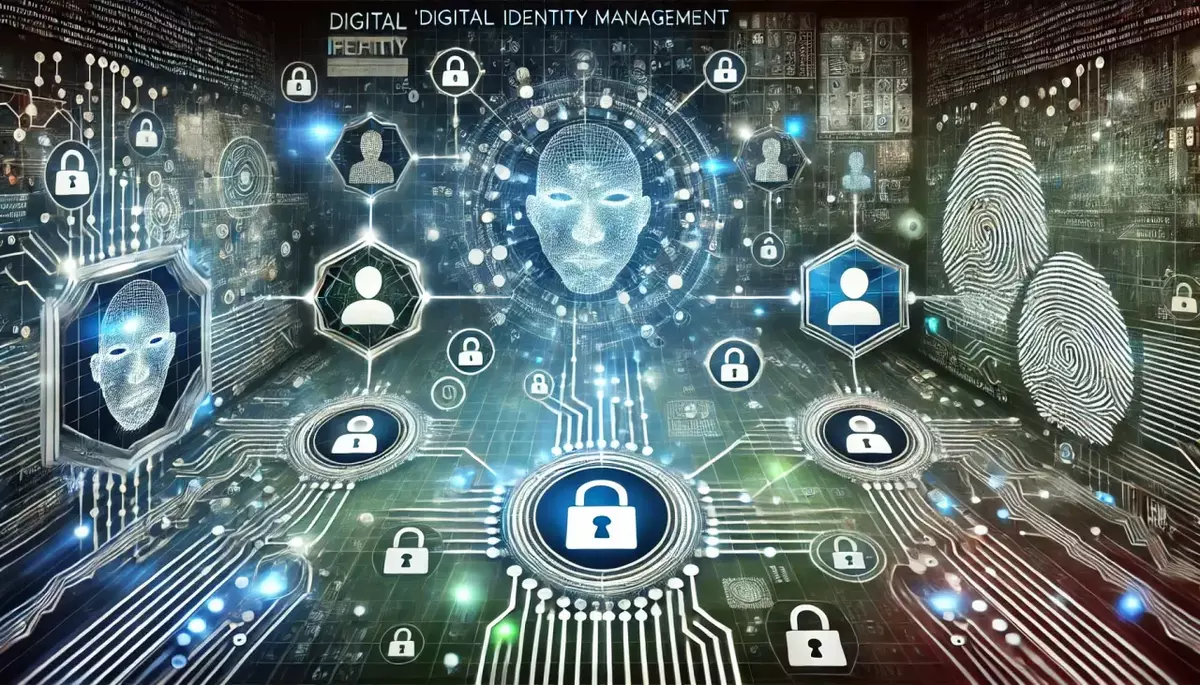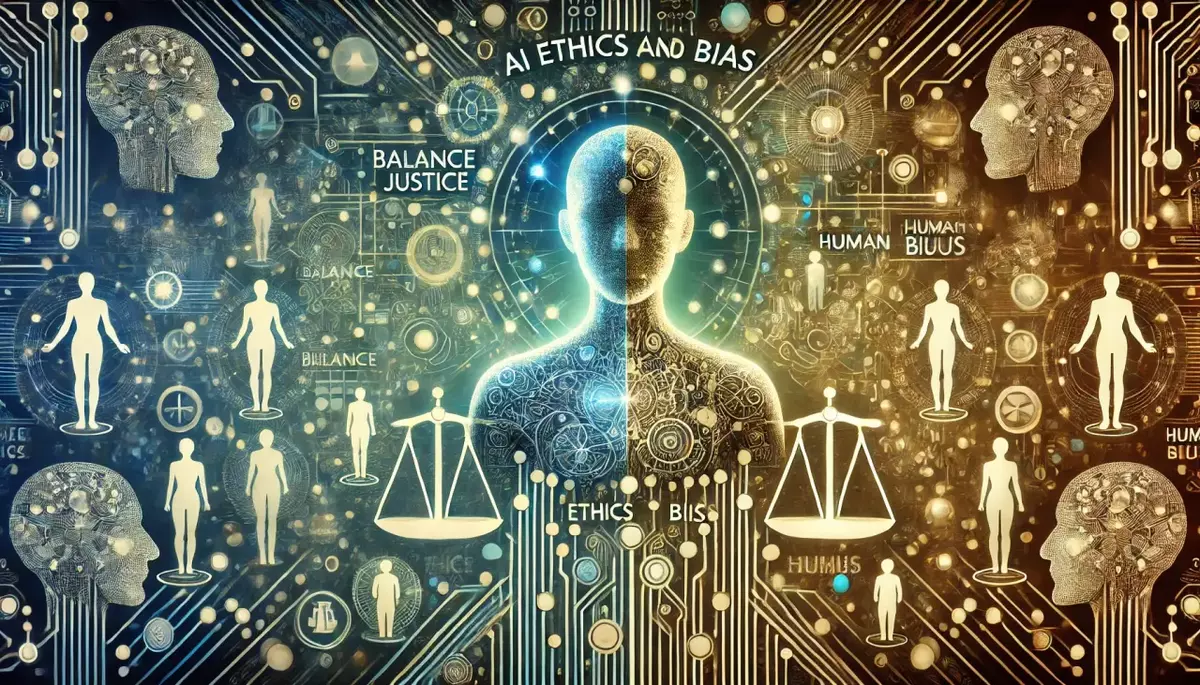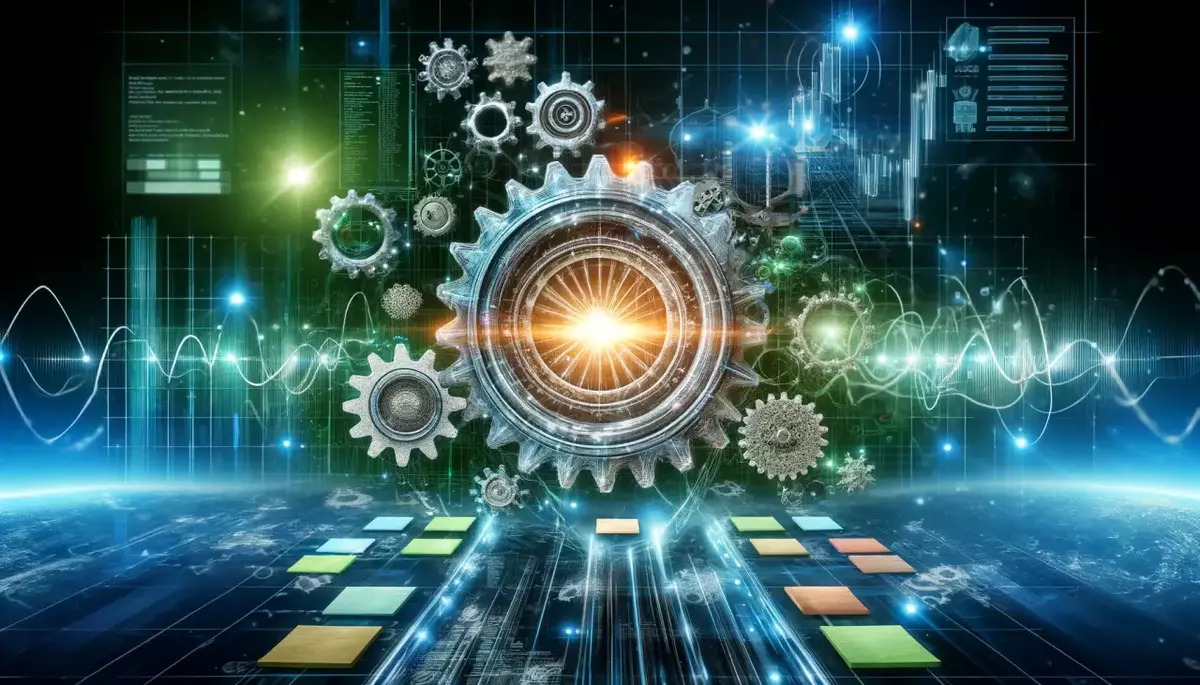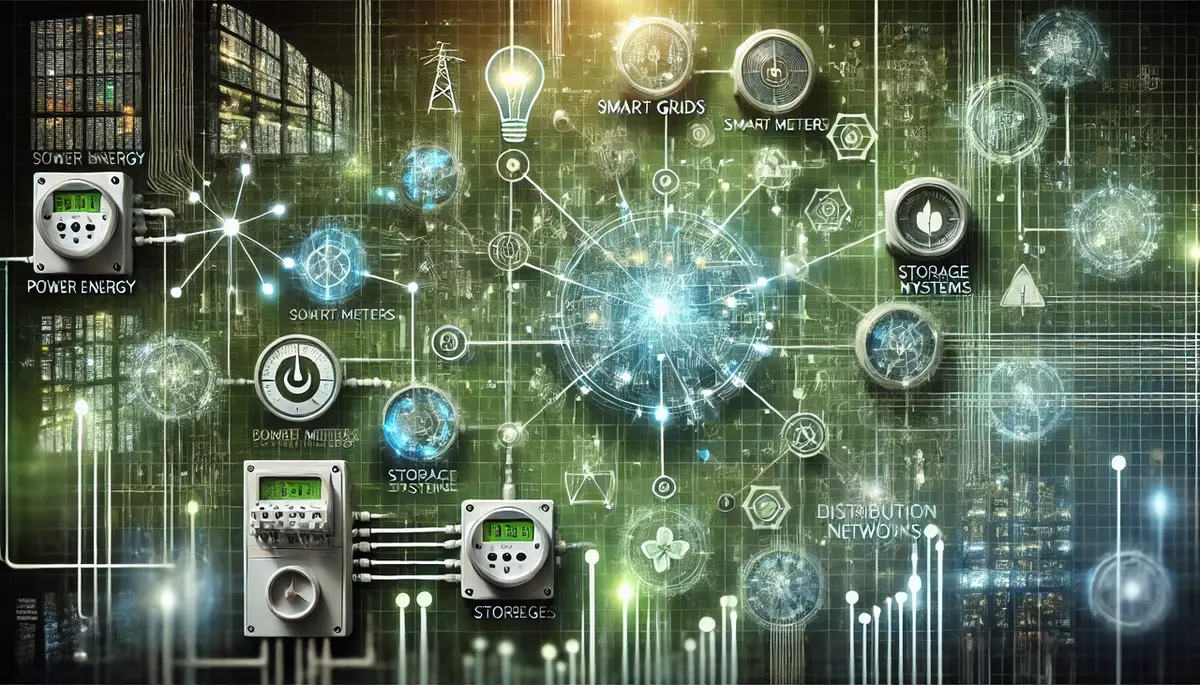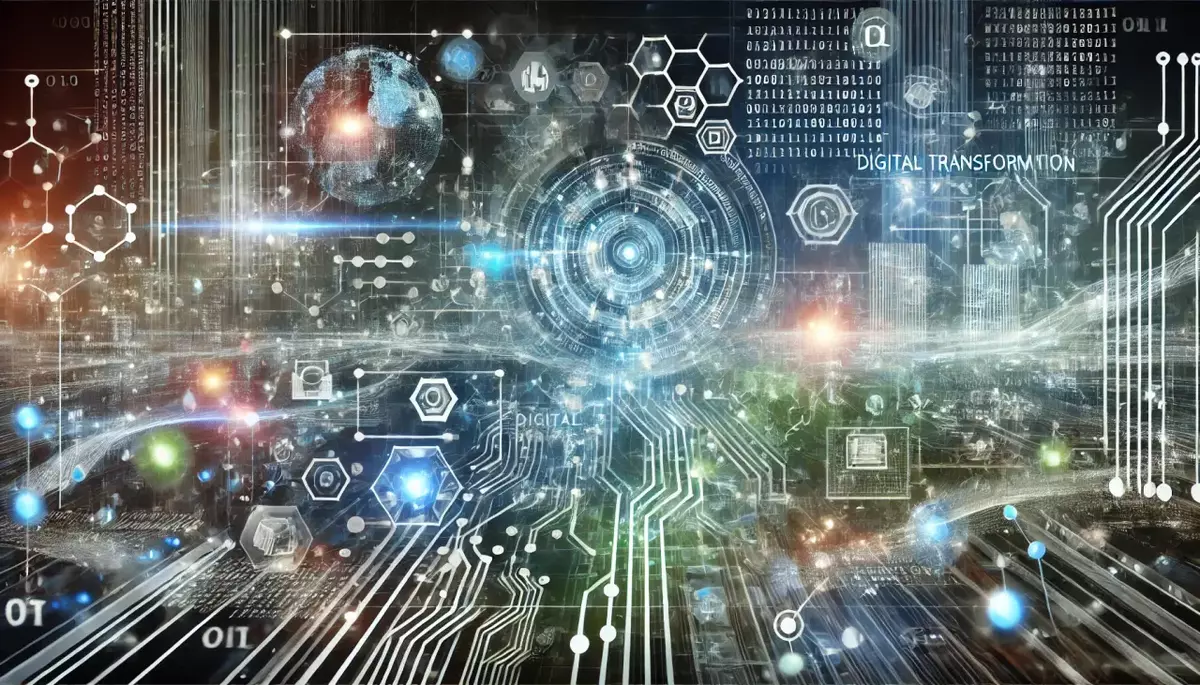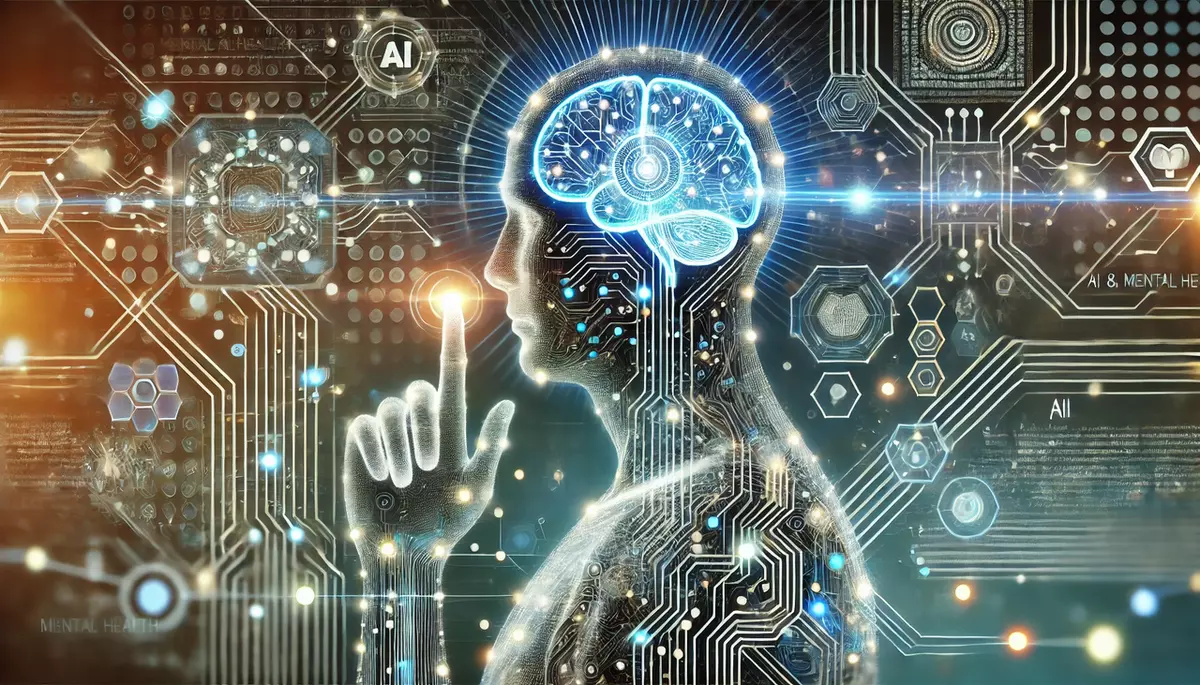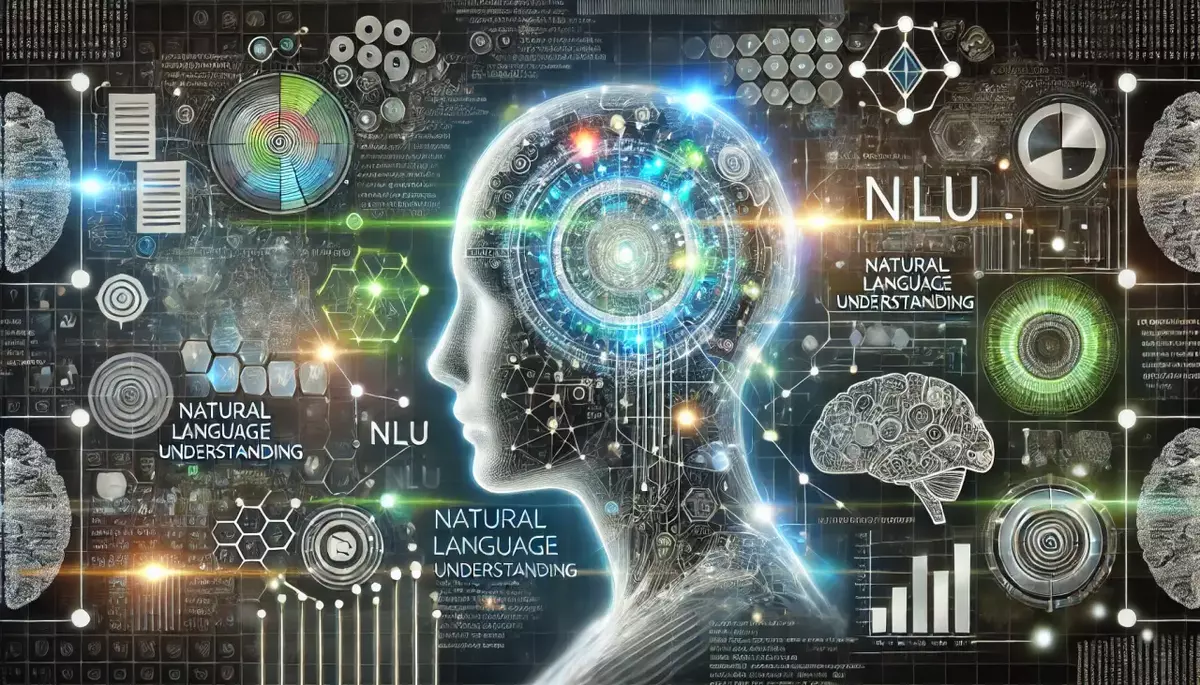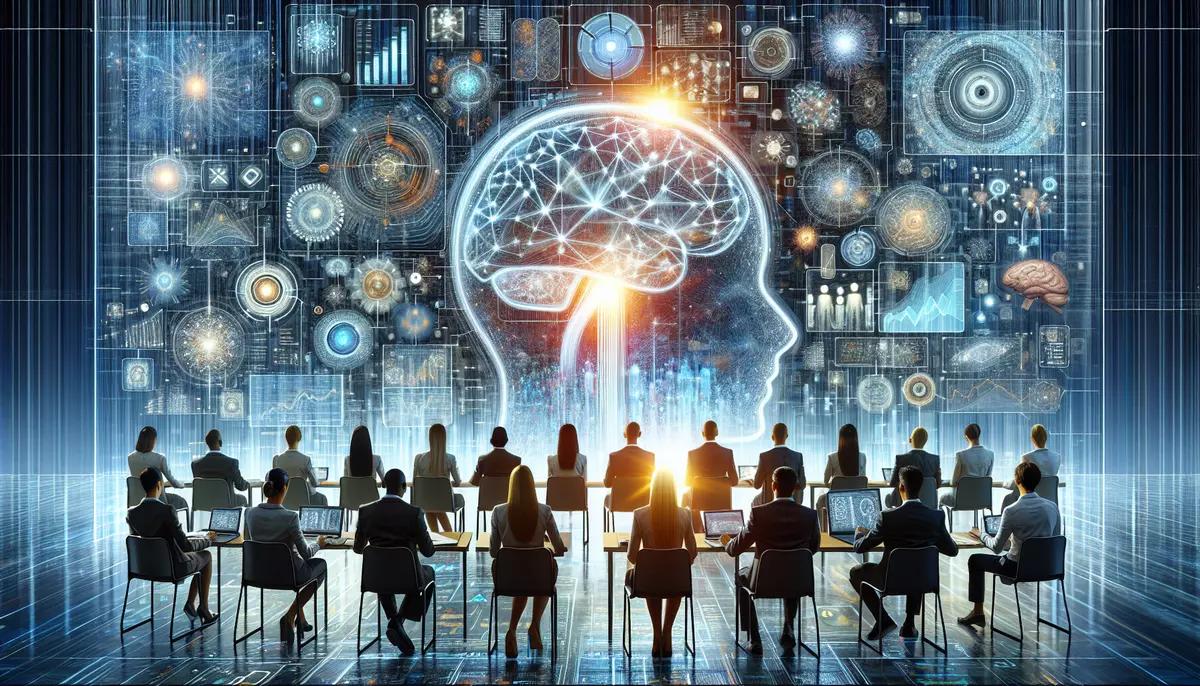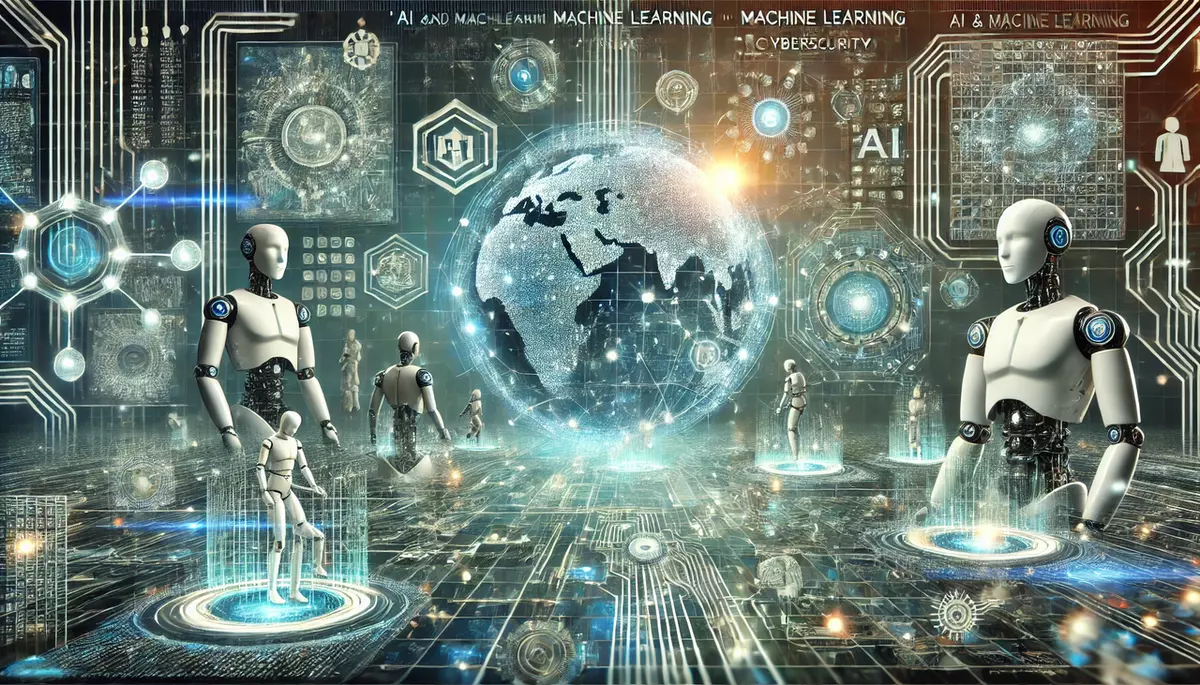Introduction
Web 3.0, also known as the Semantic Web, represents the next evolution of the internet, promising to transform the way we interact with and utilize online information. This knowledge article explores the key concepts, technologies, and potential impact of Web 3.0.
What is Web 3.0?
Web 3.0 is a vision for the future of the internet that aims to make online data more meaningful, interconnected, and accessible. It builds upon the foundations of Web 1.0 (the read-only web) and Web 2.0 (the social, interactive web), with a focus on enhancing the machine-readable and machine-interpretable nature of information.
Key Characteristics of Web 3.0:
- Semantic Web: Web 3.0 emphasizes the use of semantic technologies, such as ontologies and linked data, to give meaning and context to online information.
- Decentralization: Web 3.0 aims to decentralize the web, reducing the control and influence of large tech companies and empowering users.
- Artificial Intelligence: Web 3.0 leverages advanced AI and machine learning techniques to better understand, process, and utilize online data.
- Personalization: Web 3.0 promises to deliver more personalized and relevant content and services to users based on their preferences and behaviors.
Key Technologies of Web 3.0
Web 3.0 is enabled by a range of emerging technologies, including:
Semantic Web Technologies:
- Resource Description Framework (RDF): A standard model for data interchange on the web.
- Web Ontology Language (OWL): A markup language for defining and instantiating web ontologies.
- SPARQL: A query language for retrieving and manipulating data stored in RDF format.
Decentralization Technologies:
- Blockchain: A decentralized, distributed digital ledger technology that enables secure, transparent, and tamper-resistant transactions.
- Decentralized Applications (dApps): Applications that run on a decentralized network, such as a blockchain, rather than a centralized server.
- Decentralized Identities (DIDs): A method of establishing verifiable, decentralized digital identities.
Artificial Intelligence and Machine Learning:
- Natural Language Processing (NLP): Techniques that enable computers to analyze, understand, and generate human language.
- Machine Learning: Algorithms that allow systems to learn and improve from experience without being explicitly programmed.
- Knowledge Graphs: Structured representations of knowledge that can be leveraged by AI systems to better understand and reason about data.
Potential Impact of Web 3.0
The implementation of Web 3.0 technologies has the potential to transform various industries and aspects of our lives:
Improved Data Interoperability:
Web 3.0 can enable seamless data exchange and integration across different platforms and systems, facilitating more efficient and effective data-driven decision-making.
Enhanced User Privacy and Control:
Decentralized technologies in Web 3.0 can empower users to have greater control over their personal data and online identities, potentially reducing the influence of large tech companies.
Advancements in Artificial Intelligence:
The semantic and decentralized nature of Web 3.0 can enable more advanced AI systems that can better understand, reason about, and interact with online information.
New Business Models and Opportunities:
Web 3.0 can give rise to new business models, such as decentralized finance (DeFi), decentralized autonomous organizations (DAOs), and peer-to-peer marketplaces, creating new economic opportunities.
Challenges and Limitations
While Web 3.0 holds great promise, it also faces several challenges and limitations:
- Adoption and Standardization: Widespread adoption of Web 3.0 technologies and the establishment of common standards are crucial for its success.
- Technical Complexity: The underlying technologies of Web 3.0, such as blockchain and semantic web, can be complex and may require significant technical expertise to implement and maintain.
- Regulatory Uncertainty: The decentralized and disruptive nature of Web 3.0 may raise regulatory concerns and uncertainties, which could slow its development and adoption.
- Energy Consumption: Some Web 3.0 technologies, such as blockchain, have been criticized for their high energy consumption, which could hinder their environmental sustainability.
Conclusion
Web 3.0 represents a significant evolution in the way we interact with and utilize online information. By leveraging semantic technologies, decentralization, and advanced AI, Web 3.0 promises to create a more interconnected, personalized, and user-centric internet. While challenges and limitations exist, the potential impact of Web 3.0 on various industries and aspects of our lives is profound and worth exploring further.
This knowledge base article is provided by Fabled Sky Research, a company dedicated to exploring and disseminating information on cutting-edge technologies. For more information, please visit our website at https://fabledsky.com/.
References
- Berners-Lee, T., Hendler, J., & Lassila, O. (2001). The Semantic Web. Scientific American, 284(5), 34-43.
- Atzori, L., Iera, A., & Morabito, G. (2010). The Internet of Things: A survey. Computer Networks, 54(15), 2787-2805.
- Buterin, V. (2014). A Next-Generation Smart Contract and Decentralized Application Platform. Ethereum White Paper.
- Hendler, J. (2009). Web 3.0 Emerging. Computer, 42(1), 111-113.
- Mayer-Schönberger, V., & Cukier, K. (2013). Big Data: A Revolution That Will Transform How We Live, Work, and Think. Houghton Mifflin Harcourt.

